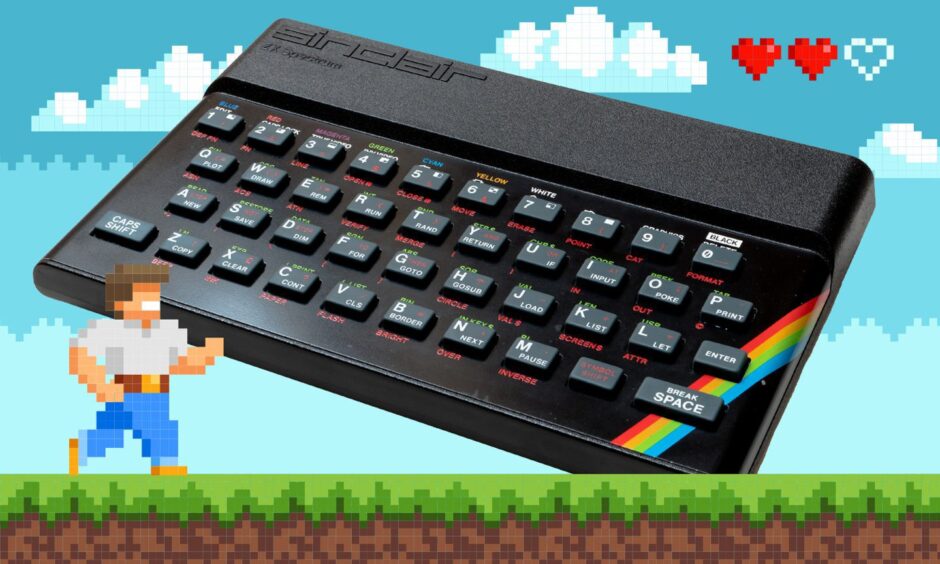
The ZX Spectrum defined childhood for a significant number of people.
Many have fond memories of what once passed for state-of-the-art entertainment.
Dinky and with a rubbery keyboard, it was a sensation when it launched.
Players could easily lose hours, days or even weeks playing classic games like Chuckie Egg, Knight Lore, Jet Set Willy or Daley Thompson’s Decathlon.
Pure ’80s gold.
Made in Dundee.
How did Timex get the contract in 1981?
Timex workers produced the ZX Spectrum computer.
This was the most successful of Sir Clive Sinclair’s array of products.
Chairman Fred Olsen persuaded Sir Clive to let the Dundee plant handle the assembly of the ZX81 computer, which was the successor to the ZX80.
Dundee Timex workers started making the ZX81 in March 1981.
The ZX80 and ZX81 had both sold well but it was the ZX Spectrum that turned home computing into a mass market hobby in April 1982.
It introduced colour “high resolution” graphics for the first time.
Everyone wanted one.
Software houses opened up overnight to produce games for it.
The first ZX Spectrum was launched in two models.
A version with 16 kilobytes of memory cost £125 and a 48k model cost £175.
Neither has much in common with what we call computers today.
There was no monitor, for a start.
It was linked to your Ferguson or Zenith portable TV through the aerial socket.
Gamers of a certain vintage will recall the high-pitched screeching noises and trying unsuccessfully to load ZX Spectrum games from cassette tape.
The loading process could be highly temperamental.
Did your game crash?
You’d have to rewind the tape and start loading again.
This could take up to 20 minutes.
Even then there was no guarantee it would actually work!
How many ZX Spectrums were sold?
But did we care?
No.
The ZX Spectrum became Britain’s most popular model despite competition from higher-powered computers such as the Commodore 64 and Amstrad.
People loved it.
Was Maggie Thatcher a gamer?
The PM gifted a ZX Spectrum to the then-leader of China.
The pace of sales increased.
Production capacity at Timex was ramped up in February 1983.
Sir Clive arrived at Timex in December 1983 to receive a special white model commissioned to commemorate the millionth ZX Spectrum.
He was cheered by the 700 people involved in the manufacturing.
He told them: “We have you build these computers for us not because we have any particular links with Dundee or because we have to have computers built in Britain.
“We have computers built in Dundee because you are the best people, as far as we are aware, to build them.”
The special model was the only computer he owned.
Demand for the ZX Spectrum in the run-up to Christmas 1983 was, to quote a Sinclair Research spokesperson, “beyond our most optimistic expectations”.
WH Smith announced unprecedented sales.
You would find a huge range of ZX Spectrum games in John Menzies in Dundee.
Computer games were priced from £7.95 to £14.95 with titles in 1984 including Ghostbusters, Suicide Express, Fall Guy and Steve Davis Snooker.
Back in the bygone days, the top ten chart would appear every week in the newspaper and Crash, which was the monthly ZX Spectrum magazine.
It cost 75p.
What games were on the shelves in 1984?
The chart was home to many a classic game in November 1984.
Sabre Wulf was the best maze game.
Full Throttle was a motorbike racing simulator which cost £6.95.
Jet Set Willy moved from room to room in his mansion collecting objects.
The game spent over three months at the top of the charts.
Match Point was an instant best seller after being released before Wimbledon but Daley Thompson’s Decathlon became the daddy of all sports games.
Thompson was an honorary Dundonian.
Mum Lydia was a mill worker who was born in the city and the Olympic decathlon champ was in great demand for anything and everything in 1984.
He was sponsored by Adidas, Brut and Lucozade when he gave his name to the computer game which was released before the 1984 Olympic Games.
The game cost £6.50.
Prodigious wrist strength was needed and gold could be yours by hammering the fragile rubber keys or waggling the Kempston joystick back and forth.
It was brutal and exhausting.
Daley Thompson’s Decathlon broke a lot of £24.99 joysticks in 1984.
It won Best Arcade-Style Game of the Year at the Golden Joystick Awards.
Geoff Capes Strong Man cost £7.95 in 1985
Geoff Capes was another sportsman who was no stranger to these parts, working as security at Dundee nightclubs like The Venue in the ’90s.
Capes was a regular visitor to the Dundee Highland Games at Caird Park and the Olympic shot putter joined Daley Thompson in the digital realm in 1985.
Geoff Capes Strong Man cost £7.95.
It was a test of strength over six events including lorry pulling, barrel loading, car flipping and log chopping, finishing with a sumo wrestling match.
Such challenges would surely have prepared the real Geoff for his time on the doors of Dundee’s discos.
Sir Clive released several updated versions of the computer.
The ZX Spectrum 128k even offered a more professional plastic keyboard.
Then, suddenly, it all went sour.
Things started to go pear-shaped when the great inventor came up with a machine which was going to revolutionise the way we travelled.
How wrong could one man be?
The C5 in 1985 was a flop.
The contraption’s launch in Dundee was an unmitigated disaster.
The Courier’s motoring writer, Ian Lamb, tested the electrically-powered pedal car.
The drive chain fell off twice and Mr Lamb travelled only a few yards.
Changing of the guard for the Spectrum
Built in a washing-machine factory, the C5 sent Sir Clive’s business into a spin which forced him to sell up eventually.
Sir Clive sold the rights and remaining Spectrum stock to Alan Sugar’s company, Amstrad, for £5 million in 1986.
It signalled the end of Spectrum manufacturing in Dundee.
Production moved to Taiwan.
The games continued to be released for the ZX Spectrum including Cabal, Emlyn Hughes International Soccer, Fantasy World Dizzy and Rick Dangerous.
Fife darts legend Jocky Wilson threw his name behind a computer game in 1989 to add the title “pixel pioneer” to his list of accomplishments on the oche.
Jocky Wilson’s Darts Challenge by Zeppelin Games was priced £2.99.
Dundee became Europe’s gaming capital
The end was nigh.
The ZX Spectrum was officially discontinued in 1992.
Its legacy however is stamped on the gaming world for all time.
The easy availability of Spectrums led to the creation of games like Lemmings, Grand Theft Auto and Crackdown and the birth of Dundee’s games industry.
Not bad for a machine that came with rubber keys and 48k of memory.
- The Rubber Keyed Wonder, a new feature-length documentary about the ZX Spectrum premieres in Scotland at the DCA on November 24.
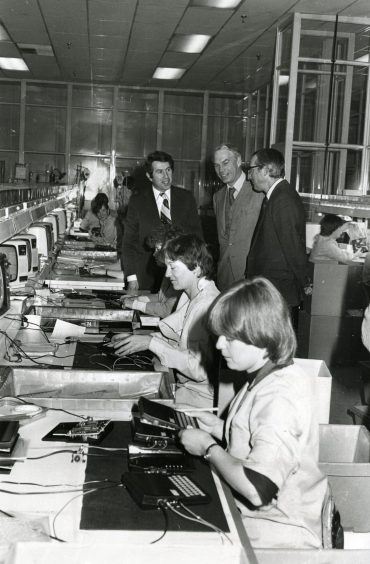
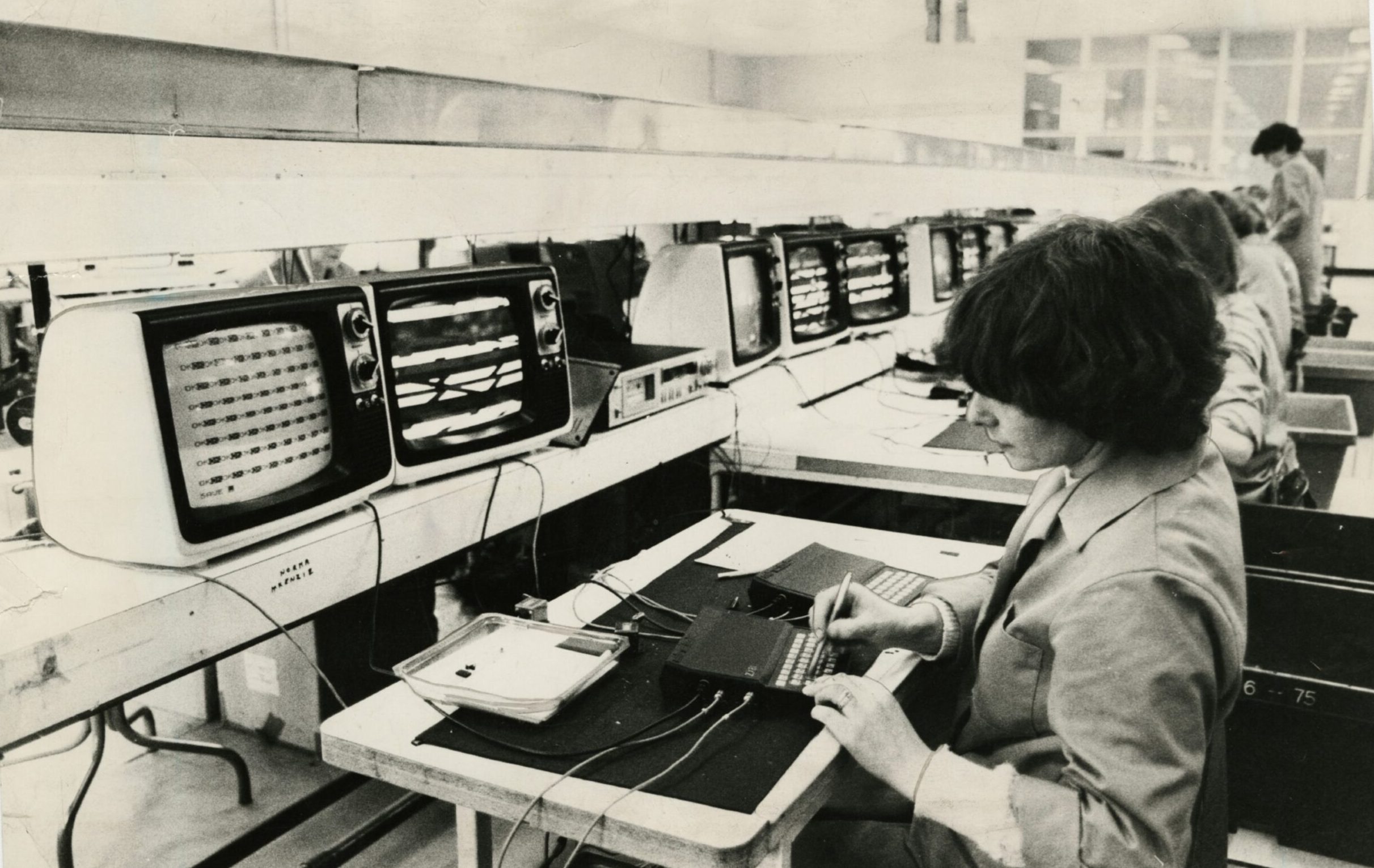
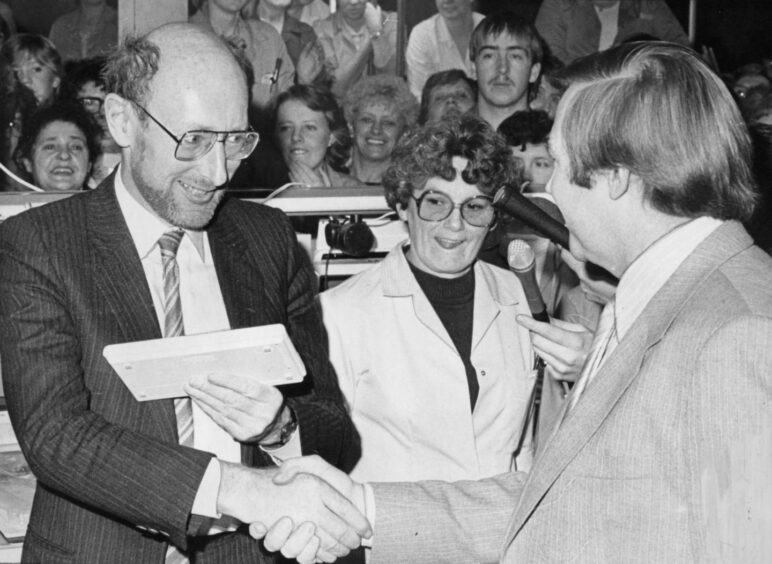
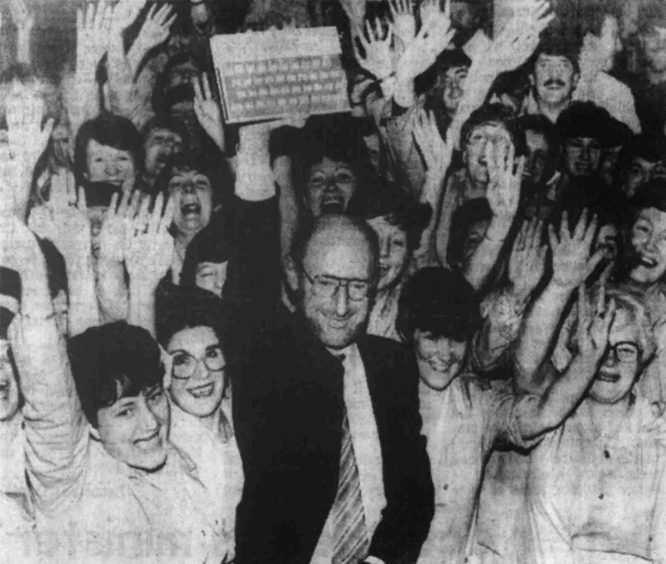
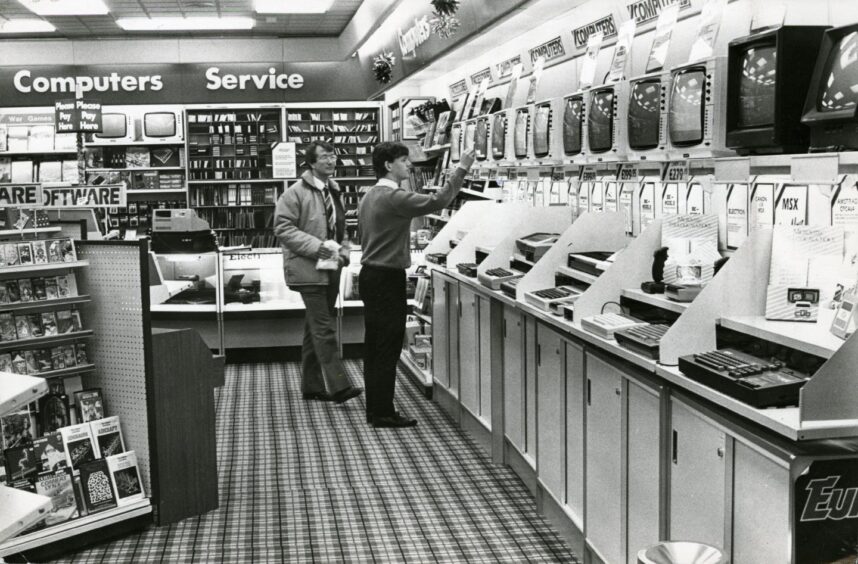
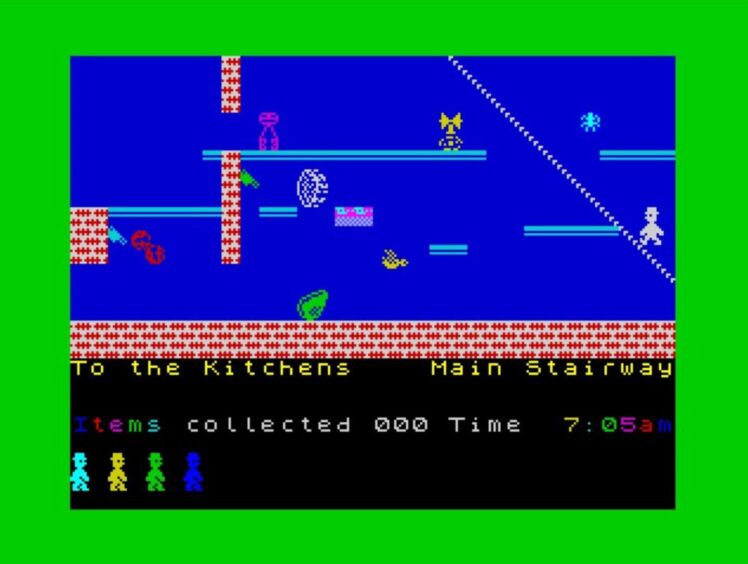
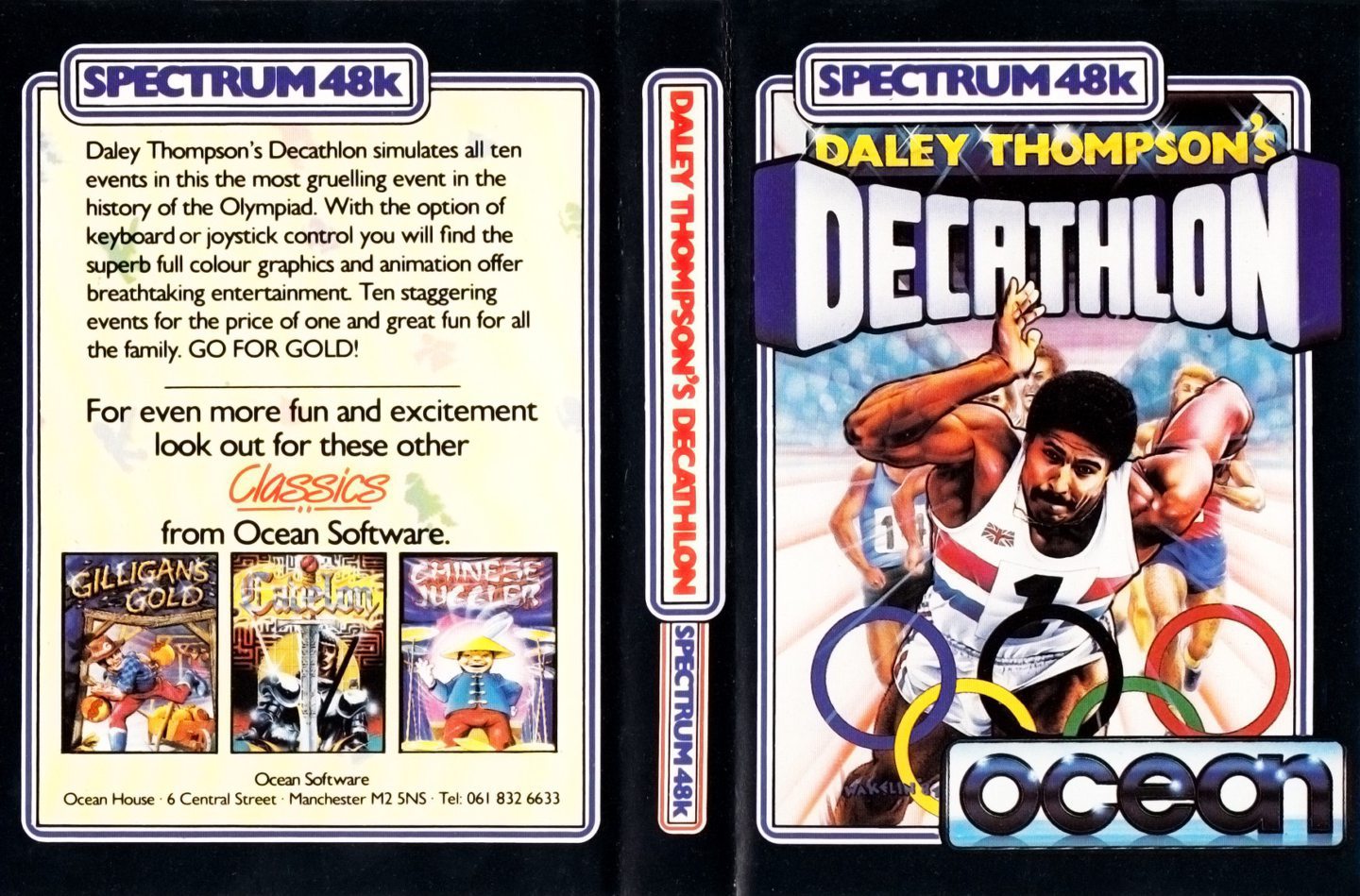
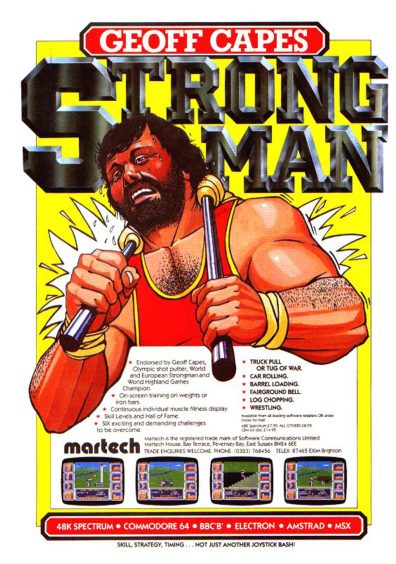
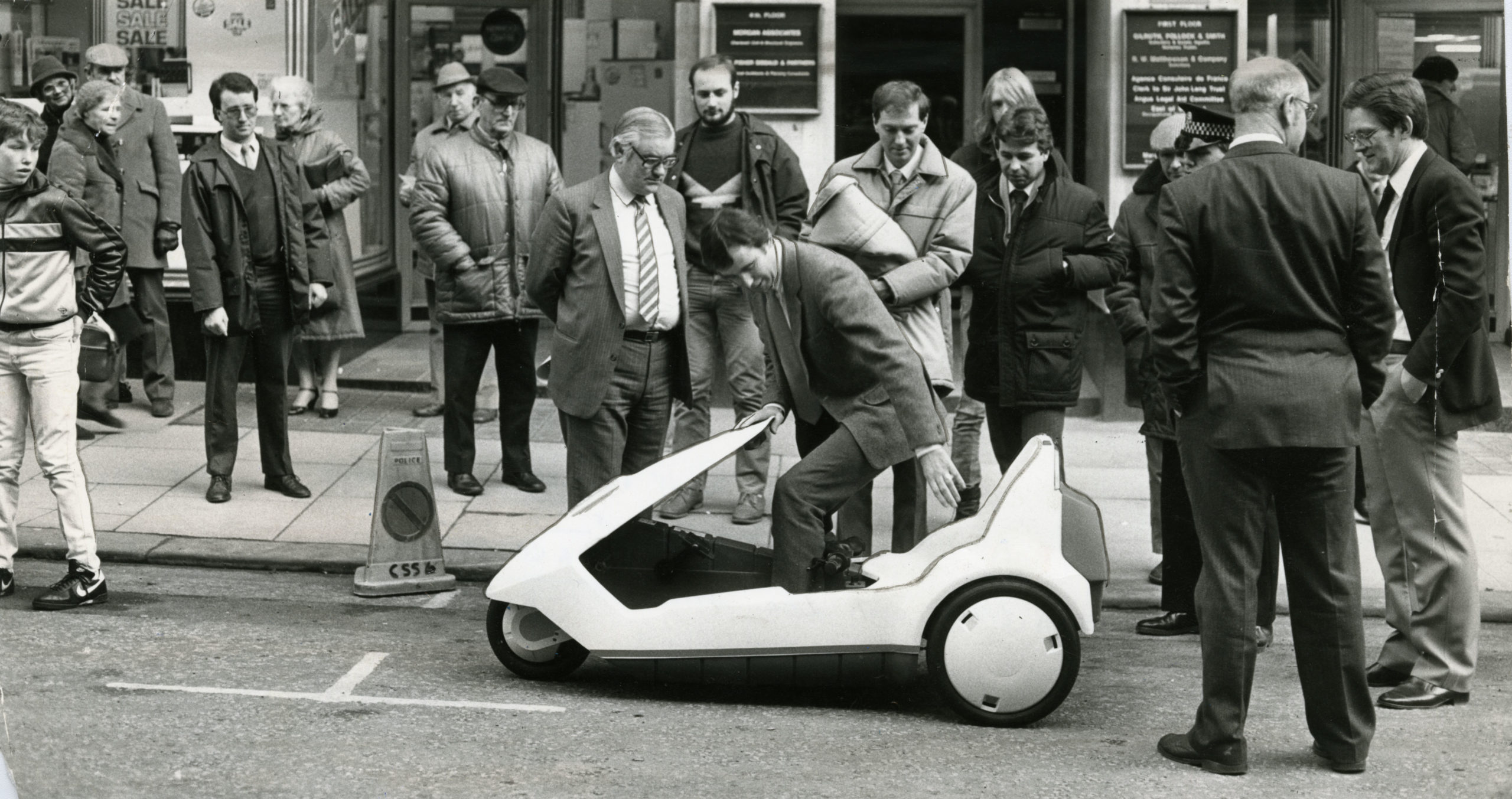
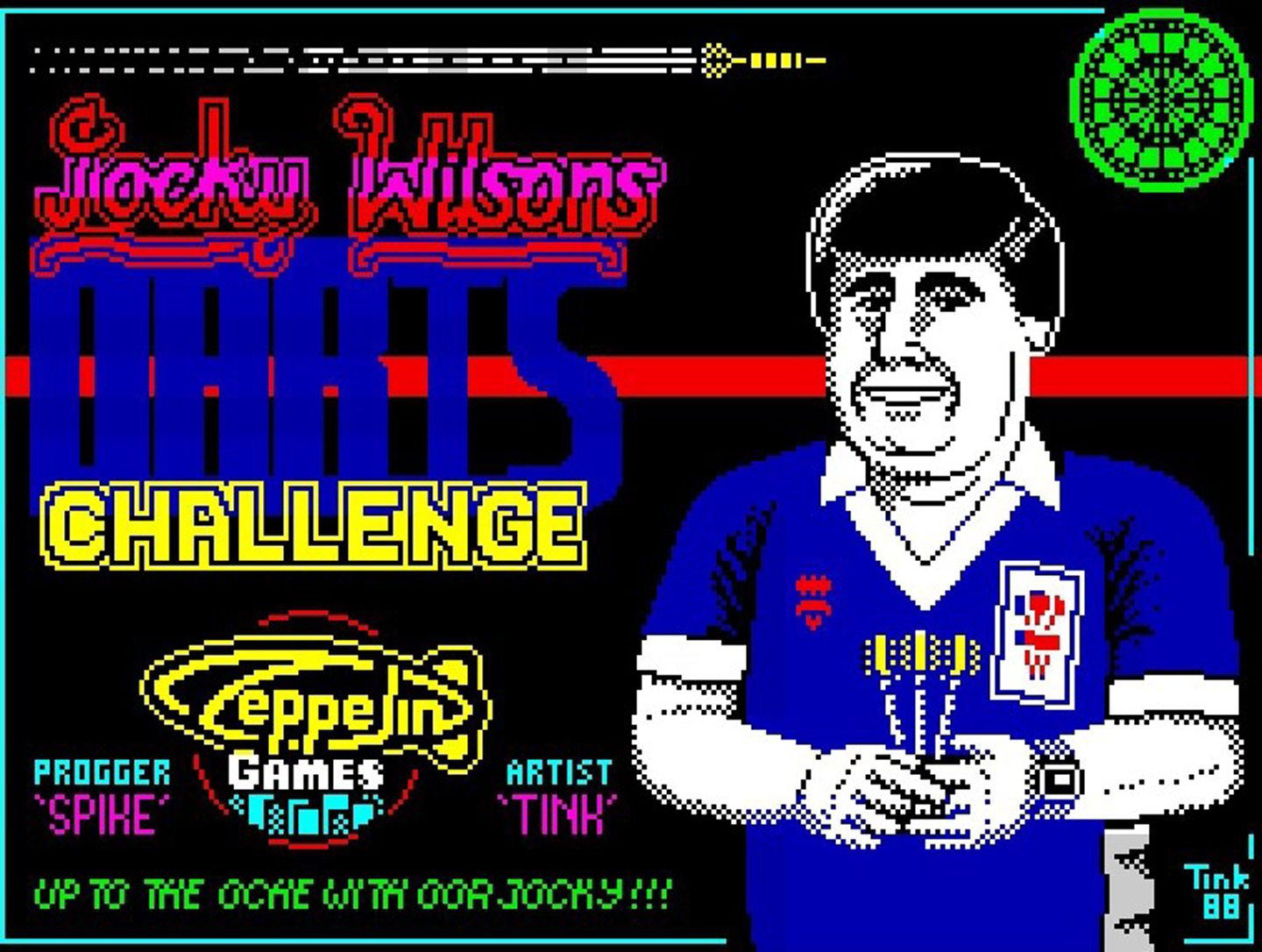










Conversation